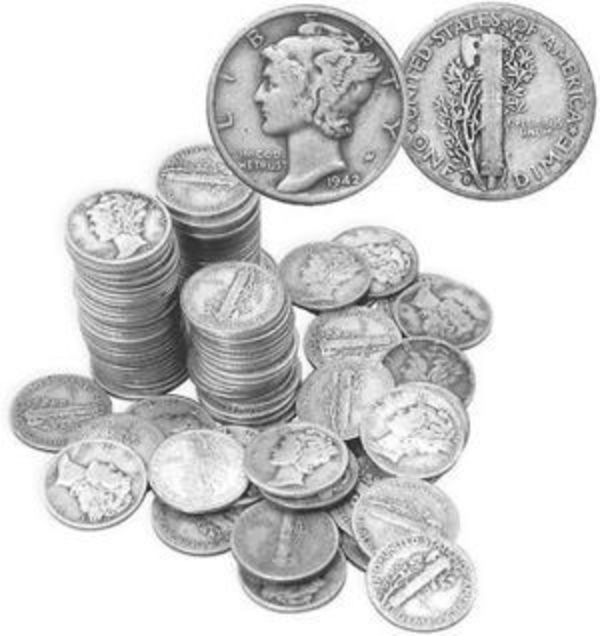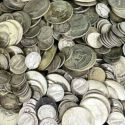1892-1915 Barber Half Dollar Melt Value
Determining the current price of silver coins is a straightforward process once you know the silver content of the coin and the current market price, often referred to as the silver spot price.
US Mint Silver Coin Melt Values
| Description | Face Value | ASW | Melt Value | Per $1 Face | Per Bankroll | |
|---|---|---|---|---|---|---|
| Barber Half Dollar | 1892-1915 Barber Half Dollar | $0.50 | 0.3575 | $33.00 | $66.00 | $660.02 |
1892-1915 Barber Half Dollar
The Barber Half Dollar gets its name from the coin's designer, the Chief Engraver of the U.S. Mint, Charles E. Barber. It was minted from 1892 to 1915, during an era of America's economic growth and change.
Collectors seek out this piece, especially in higher grades or with a key date.
Design and Specifications
The coin has the same design as the dime and quarter dollar pieces of this era. The obverse features a classical profile of Lady Liberty wearing a Phrygian cap and laurel wreath. The word "LIBERTY" is inscribed on the headband, and 13 stars representing the original colonies are around the outer edge.
The reverse depicts a heraldic eagle holding an olive branch and arrows, with a scroll inscribed "E PLURIBUS UNUM" above. The denomination "HALF DOLLAR" is inscribed below.
- Weight: 12.5 grams
- Composition: 90% silver, 10% copper
- Silver Content: 0.3617 troy ounces of pure silver
- Diameter: 30.6 mm
- Edge: Reeded
- A standard half-dollar bankroll contains 20 coins, equivalent to $10 face value, and 7.234 troy ounces of silver.
Mint Marks and Mints
Barber Half Dollars were struck at several U.S. Mint locations, and you can find the mint mark (if present) on the reverse below the eagle's tail:
- Philadelphia (no mint mark)
- Denver ("D") (first introduced in 1906)
- New Orleans ("O") (up to 1909)
- San Francisco ("S")
Key Dates and Rarity
Certain dates and mint marks can be particularly valuable due to their lower mintages or condition rarity. Here are a few key dates that are more valuable:
- 1892-S and 1893-S: Very low mintages, making these key dates for the series.
- 1897-O and 1897-S: Both had relatively low mintages and are more sought after by collectors.
- 1901-S and 1904-S: These were also considered key dates due to their rarity, particularly in higher grades.
- 1913-P, 1914-P, and 1915-P: Later dates from Philadelphia are more valuable due to their reduced mintage in the last years of the series.
Value Calculation
To calculate the value of Barber Half Dollars, you need to consider both their silver content and numismatic value. The coins contain 0.3617 troy ounces of silver. To calculate the silver value:
For example, if silver is priced at $25 per troy ounce:0.3617 troy ounces × $25 = $9.04 (silver melt value).
However, most Barber Half Dollars carry a premium beyond their silver content, especially if they are in collectible condition (Good or better) or have key dates and mint marks.
Special Editions and Proof Coins
Proof Barber Half Dollars were minted from 1892 to 1915 at the Philadelphia Mint. The mintages of proof coins were typically very low, averaging between 500 and 1,000 coins per year, making them quite rare and valuable today;Proof Barber Half Dollars command significant premiums, especially in higher grades.
No Special Mint Sets or commemorative editions were issued during this time.
Barber Half Dollar Values in Various Conditions
Here is a general guide to the value of common-date Barber Half Dollars based on condition:
- Good (G) to Fine (F): $20-$50 (common dates may trade near their silver melt value in lower grades)
- Very Fine (VF): $50-$100
- Extremely Fine (XF): $100-$200
- About Uncirculated (AU): $200-$400
- Brilliant Uncirculated (BU/MS): $400-$1,000 for common dates
- Proof Coins: Proof Barber Half Dollars can range from $1,000 to $10,000+, depending on the year and condition.
Certain key dates like the 1892-S, 1893-S, 1897-O, and others, values can range significantly higher:
- 1892-S: In Good (G) condition, it can fetch $1,000+, and in higher grades (AU or better), it can reach $5,000-$10,000 or more.
- 1893-S: Often starts around $500+ USD in lower grades and can reach $3,000+ USD in higher grades.
- Some Barber Half Dollars have achieved significant prices at auction, especially for key dates and high-grade examples:
- 1904-S Barber Half Dollar (MS66+): Sold for $138,000 in 2016.
- 1893-S Barber Half Dollar (MS67): Sold for $96,000 in 2008.
- Proof Barber Half Dollars: High-grade proof examples with deep cameo or frosted devices can sell for $20,000-$50,000+, depending on the year and condition.
Coin Roll Hunting
While Barber Half Dollars were once common in circulation, most have been hoarded, collected, or melted down. In modern times, they are mainly found through dealers or coin collections rather than in bank rolls.
Many coin roll hunters focus on rolls of half dollars, looking for coins that are worth more than their face value due to their collectible status or precious metal content.
Most coin roll hunters focus on Kennedy Half Dollars (1964 and earlier for 90% silver content, or 1965-1970 for 40% silver content), and finding anything older than Walking Liberty Half Dollars is rare.
Expecting to find Barber Half Dollars while coin roll hunting is highly unlikely since most were removed from circulation long ago due to their silver content. However, some lucky collectors have reported finding them in mixed silver rolls or among collections.
Investment Potential
Barber Half Dollars are considered a good investment for a few reasons. As 90% silver coins, they have intrinsic value tied to the price of silver, providing a hedge against inflation.
Many Barber Half Dollars, especially those in higher grades or with key dates, carry significant numismatic premiums. These coins have the potential for long-term appreciation, particularly if demand for collectible U.S. coins continues to grow.
As a coin series that spanned important decades in U.S. history, the Barber Half Dollar holds historical significance, which increases its collectible demand.
However, as with any collectible, the value of Barber Half Dollars is influenced by market conditions, silver prices, and collector interest. Rarer dates and higher-grade coins will always be in demand and have the potential to appreciate over time.
The Barber Half Dollar (1892-1915) is a highly collectible and valuable coin series with significant numismatic and silver value. Collectors especially seek out key dates, high-grade examples, and proof that coins can command impressive prices. While unlikely to be found in coin rolls today, Barber Half Dollars are considered a solid investment due to their combination of historical significance, silver content, and collectible appeal.

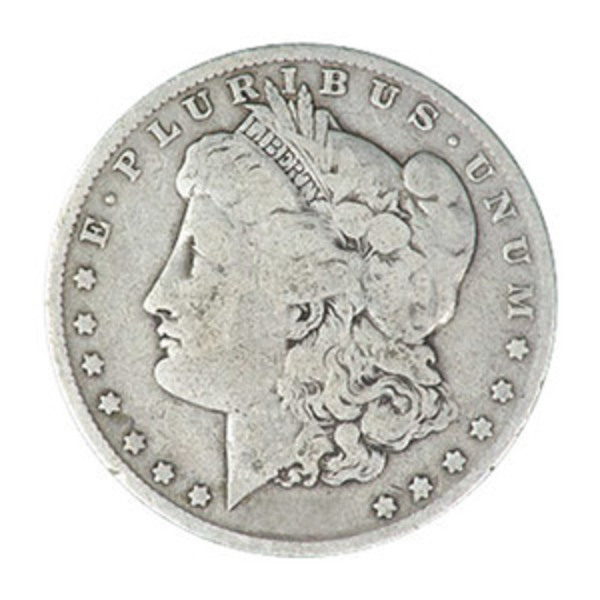
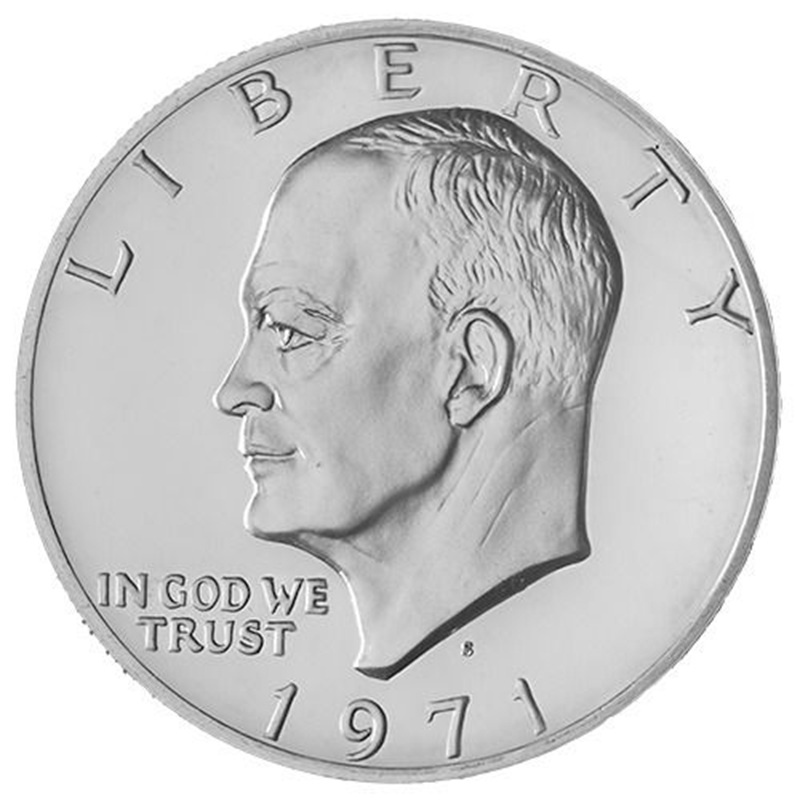
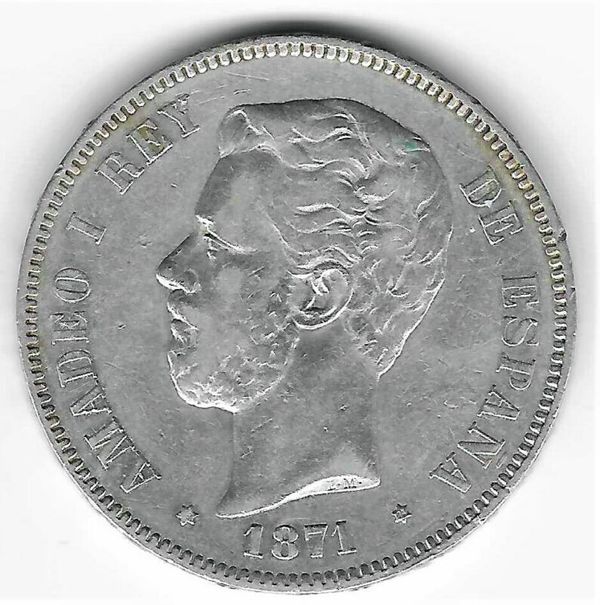
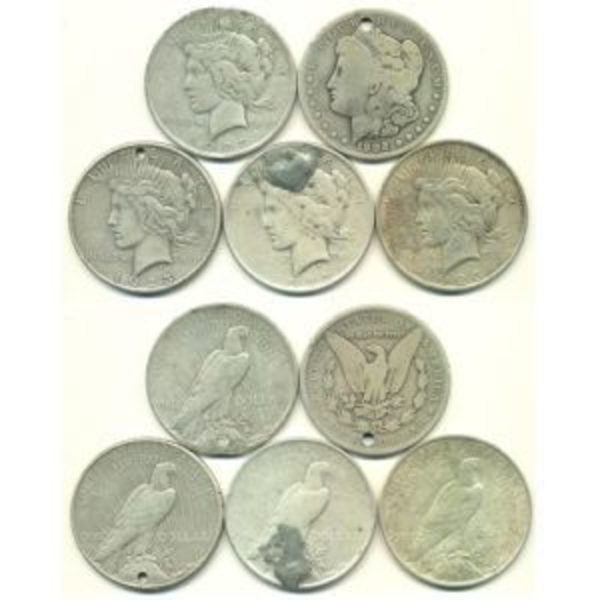
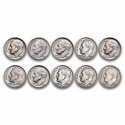
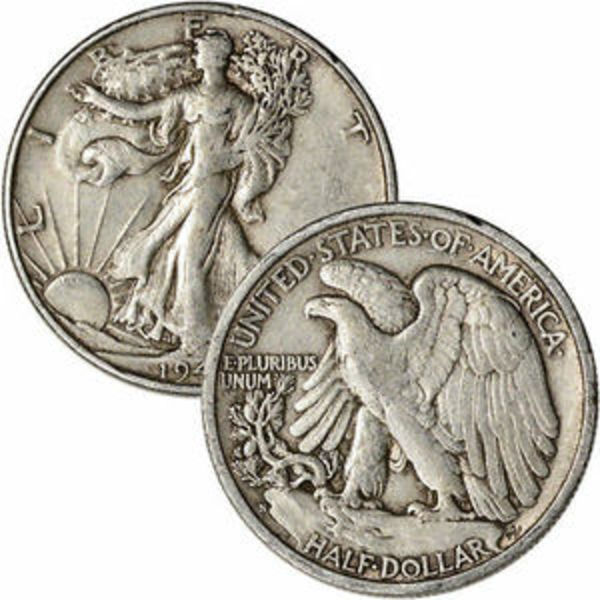
.jpg)
